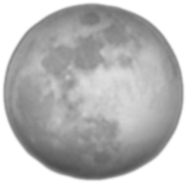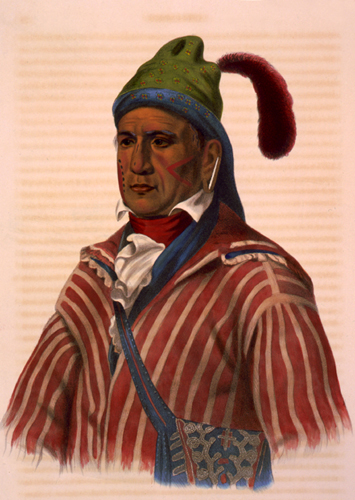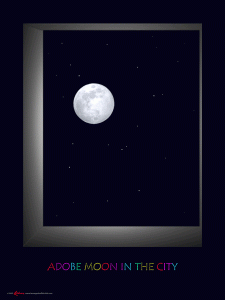
From Almanac.com
*
A SUPERMOON, BLUE MOON, AND LUNAR ECLIPSE ON JANUARY 31 6:25 PM Las Vegas Time
SUPER BLUE BLOOD MOON ECLIPSE
“Super Blue Blood Moon Eclipse” is the description many Web sites are giving for the full Moon coming up. So, what does this mean? A Moon that’s super-big? One that’s blue? One that’s blood red? Maybe a combination of blue and red! A purple Supermoon?
A Supermoon occurs when the Moon is closest to Earth during its orbit, and theoretically larger than average.
A Blue Moon is the popular name for a second full Moon in the same calendar month.
A ”Blood Moon” refers to the Moon’s hue on the night of a total lunar eclipse; it normally turns a coppery red.
Put ‘em all together and that’s what you’ve got.
Actual astronomers smile and shake their heads at these catchy names. They really want more people to watch the sky, and having names for things helps with publicity.
Call it what you wish! Each celestial event is interesting in itself. When you put them together so they occur on the same night, it’s unique. Sometimes the celestial rhythms just sync up to make us wonder.
*
SUPERMOON
January 31 is also the grand finale of a trilogy of Supermoons that have been taking place since early December.
“Supermoon” is a new term. No one used it until a few years ago. Instead, the Moon’s closest approach to Earth—full or otherwise—was called a Perigean Moon. The problem is that even the very closest Moon does not look any larger than your average normal Full Moon. The size difference is too small for the naked eye to detect. But, okay, call it super.
A Moon at perigee can appear up to 14% bigger. January 31’s total lunar eclipse will occur 1.2 days after perigee so the Moon’s diameter will appear about 7% bigger than average. Image Credit: NASA/JPL-Caltech.
The “Supermoon” term has not been used merely for the closest Moon of the year, but also for the second closest, and third closest, and so on. This one coming up on January 31 is, for example, the third of a trilogy and the second closest of 2018. It’s 358,816 km away, as compared with the January 1 Full Moon which was 356,565 km away.
People post telephoto pictures on social media, depicting enormous-looking Moons in the sky. So astronomers like myself are concerned that the public will look up, see nothing unusual, and just shrug. Read more…
BLUE MOON
“Blue Moon” has become a popular term for the second Full Moon in a month; the name arose because of a Depression-era mistake in an astronomy magazine. The term was never used by astronomers or the ancient Greeks, or Native Americans, or anybody else. Despite the name, the Moon won’t look blue at all. Indeed, the expression “once in a Blue Moon” doesn’t apply since it’s not that rare; the event occurs every 2-½ years.
That said, the Total Eclipse of a Blue Moon hasn’t occurred since March 31, 1866. That’s 152 years ago!
*
Almanac.com/blog/astronomy/astronomy/supermoon-blue-moon-and-lunar-eclipse-january-31
Main pages of Las Vegas Buffet Club






